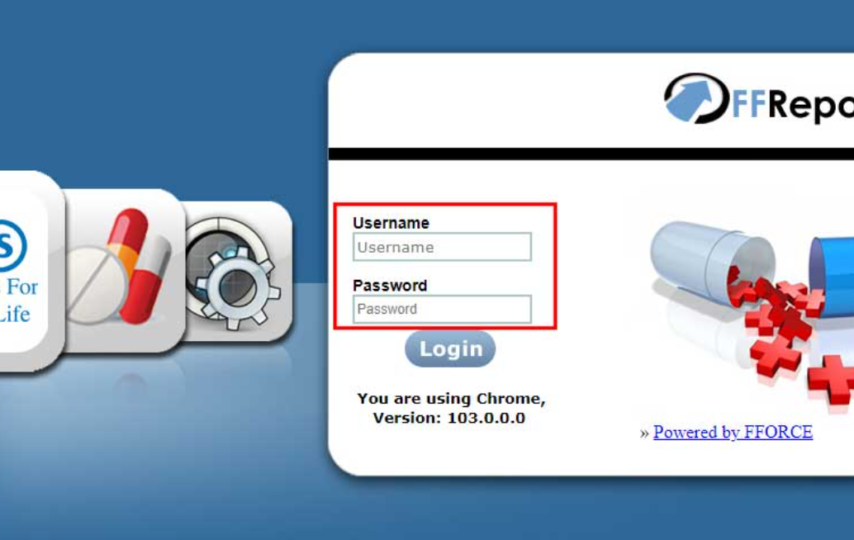Introduction
Advancements in medical technology continue to revolutionize the field of cardiology, leading to improved diagnostic and treatment options. The introduction of the New INTAS FFR (Fractional Flow Reserve) represents a significant breakthrough in assessing coronary artery disease and guiding optimal treatment strategies. In this article, we will delve into the features, benefits, and implications of the New INTAS FFR, highlighting its potential to enhance patient outcomes and shape the future of cardiovascular care.
Understanding Fractional Flow Reserve: Fractional Flow Reserve (FFR) is a measurement used to assess the severity of coronary artery blockages. It involves measuring the pressure differences across specific areas of the coronary artery during maximum blood flow conditions. This measurement provides valuable insights into the functional significance of blockages, helping cardiologists determine the need for invasive interventions such as angioplasty or stenting.
Introducing the New INTAS FFR:
The ffr intas login is a state-of-the-art system designed to accurately measure FFR and provide real-time information during cardiac catheterization procedures. It incorporates innovative technologies, including advanced pressure sensors and sophisticated algorithms, to precisely assess blood flow and identify significant blockages. This cutting-edge technology offers improved accuracy, reliability, and ease of use compared to previous FFR systems, making it a valuable tool for interventional cardiologists.
Key Benefits and Features: The New INTAS FFR offers several key benefits that contribute to enhanced patient care. Firstly, it provides cardiologists with highly accurate and reliable FFR measurements, ensuring more precise decision-making regarding revascularization procedures. The system’s advanced algorithms and user-friendly interface facilitate seamless integration into the cardiac catheterization workflow, saving time and enhancing efficiency. Moreover, the New INTAS FFR enables real-time monitoring and visualization of FFR values, enabling immediate assessment and appropriate intervention during procedures.
Implications for Patient Outcomes: The availability of the New INTAS FFR has significant implications for patient outcomes in the realm of cardiovascular care. By providing interventional cardiologists with accurate and reliable FFR measurements, it enables them to make informed decisions regarding the necessity and optimal approach for revascularization procedures. This precision reduces the likelihood of unnecessary interventions, minimizes risks, and improves patient outcomes. The ability to monitor FFR in real-time during procedures allows for immediate identification and treatment of hemodynamically significant lesions, optimizing results and potentially reducing the need for subsequent interventions.
Advancing the Field of Cardiology: The New INTAS FFR represents a significant advancement in the field of cardiology. By providing interventional cardiologists with a reliable and user-friendly tool for assessing coronary artery disease, it has the potential to shape treatment strategies and improve patient care. The system’s accuracy and efficiency streamline decision-making processes, leading to personalized treatment plans tailored to each patient’s unique needs. Furthermore, the data collected through the New INTAS FFR can contribute to research and further our understanding of coronary artery disease, fostering ongoing advancements in the field.
Conclusion: The New INTAS FFR has emerged as a groundbreaking tool in cardiology, revolutionizing the assessment and management of coronary artery disease. With its advanced features, enhanced accuracy, and real-time monitoring capabilities, the New INTAS FFR empowers interventional cardiologists to make informed decisions, optimize patient outcomes, and pave the way for future advancements in cardiovascular care.
窗体顶端
窗体底端




